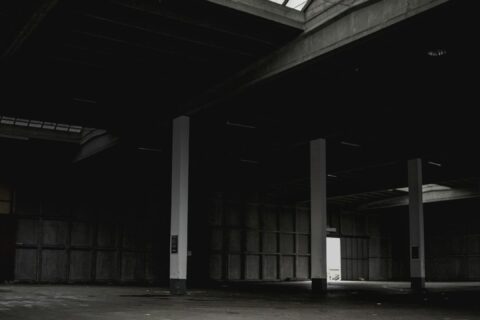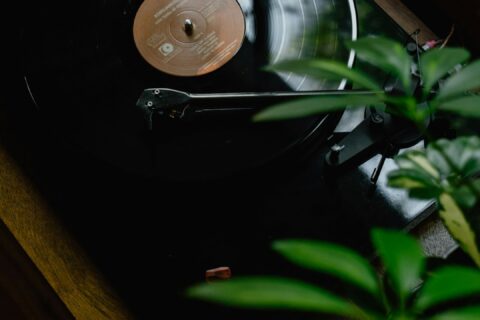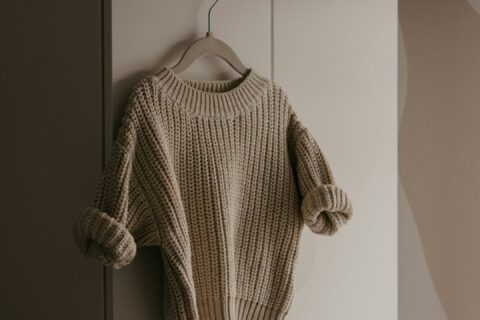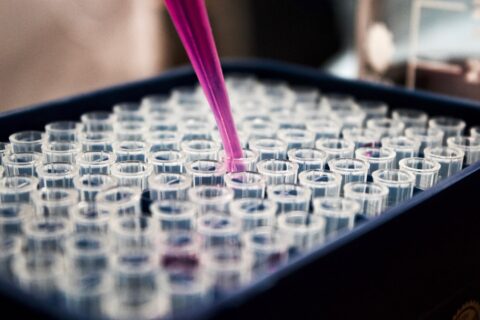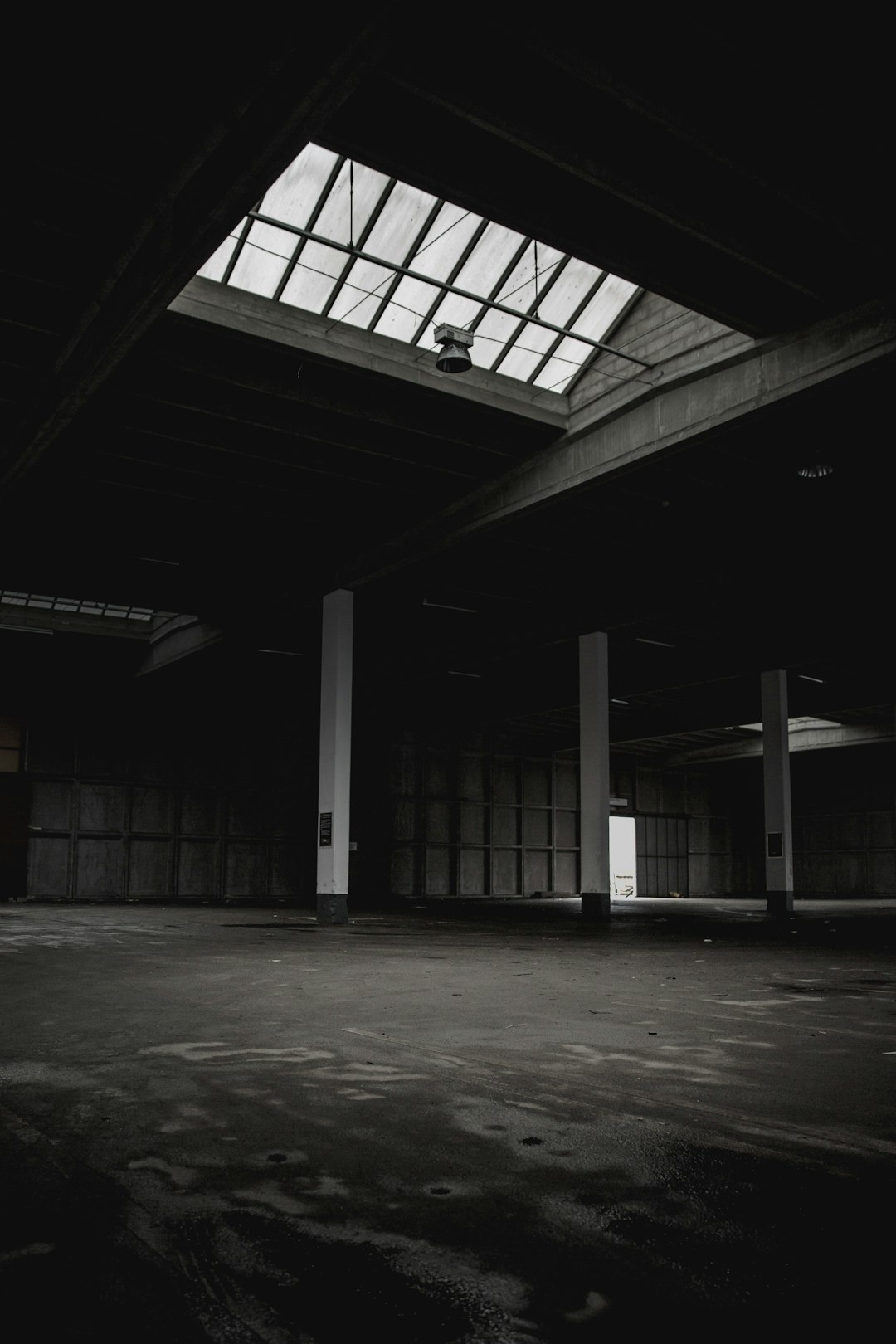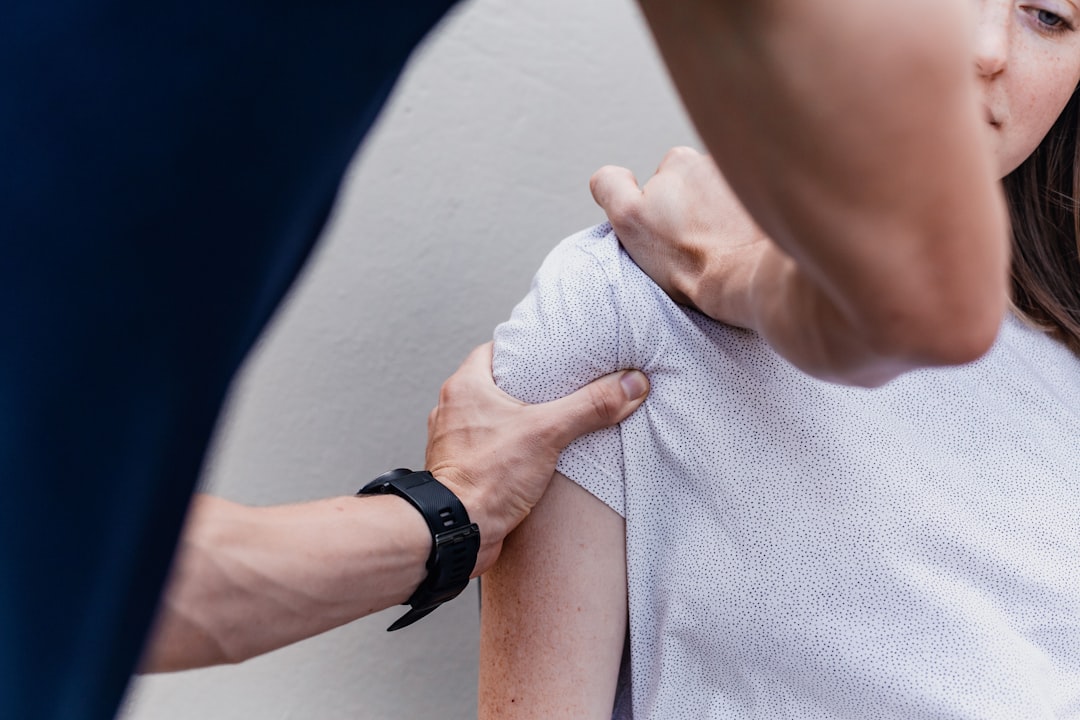Named in honor of the legendary botanist Sir Joseph Banks, Banksia is an Australian native plant with intricate flower spikes that bloom continuously. It’s particularly well-suited for landscaping. The nectar laden flowers will keep birds and bees coming to your garden all year; not to forget that you can cut them and bring their honey scent indoors.
Pick the Right Variety
Banksia can range from shrubs measuring a few feet to 60-foot trees. They can produce red, yellow, orange, green, cream or red flowers, and which are either cylindrical or round in shape. Keeping these variables in mind will help you choose the right plants for your garden and preferences.
Growing Banksias
A native of the arid outback down under, Banksia thrives best in sunny, warm areas with sandy soils. It wouldn’t mind a little organic matter in the soil, but excess moisture is a no-no. You will therefore want to raise your garden bed to improve drainage if your yard has moisture-retaining soil.
When planting, start by digging a hole that’s twice as wide and about the same depth as the plant’s root ball. Be sure to separate the roots gently when placing the ball in the hole. Be gentle when backfilling, and water thoroughly to make the soil settle.
Banksias can also be grown from seeds, but there’s a catch. The plant encapsulates its seeds in a cone that only opens with exposure to high temperature. A common technique used to extract Banksia seeds is to place the cone in an oven for a couple of hours at 212-300°F. This is often enough to make the capsules open; just be careful so they don’t catch fire.
Like with root balls, seeds should be sown in freely-draining soils. Seedlings will usually sprout in 3-6 weeks. During this period, you’ll want to keep the area at 68-77°F. It’s recommended to transplant the seedlings into pots when the first true leaves appear. Your potting mix should be comprised of loam, leaf mould and river sand in equal proportions. Keep the pots in a sheltered area for a few weeks until the plants are ready to be transferred to open ground.
Banksias don’t need much care after they’re fully established, but you can fertilize them once a year to keep them flourishing. Use fertilizers with the least amount of phosphorous — preferably none — to avoid killing the plants. Other than that, caterpillars and root rot are the only things you’ll need to watch out for. As long as you keep off the pathogens and maintain proper drainage in the area, your Banksia seeds will keep flowering regularly for years to come.


